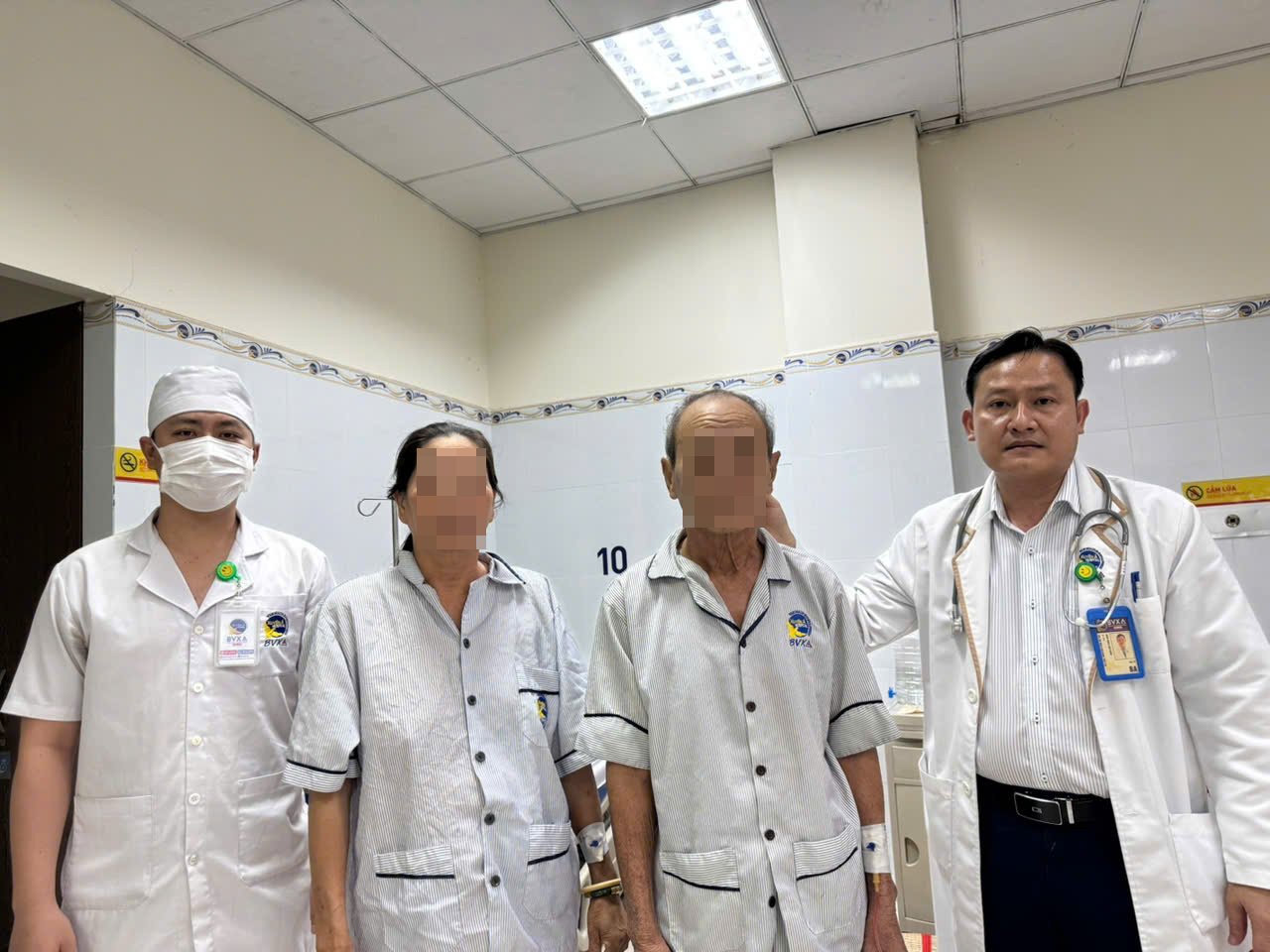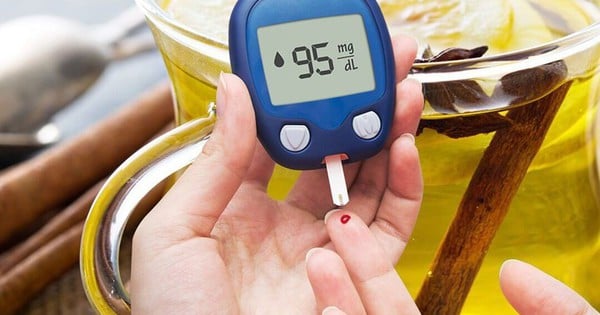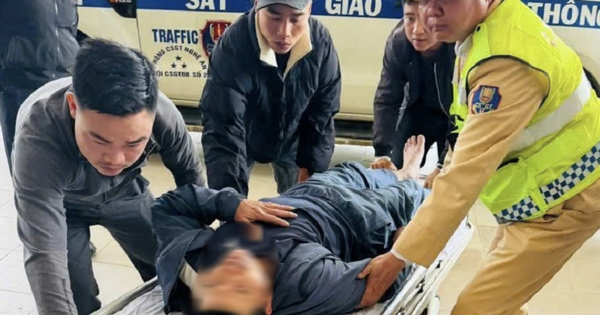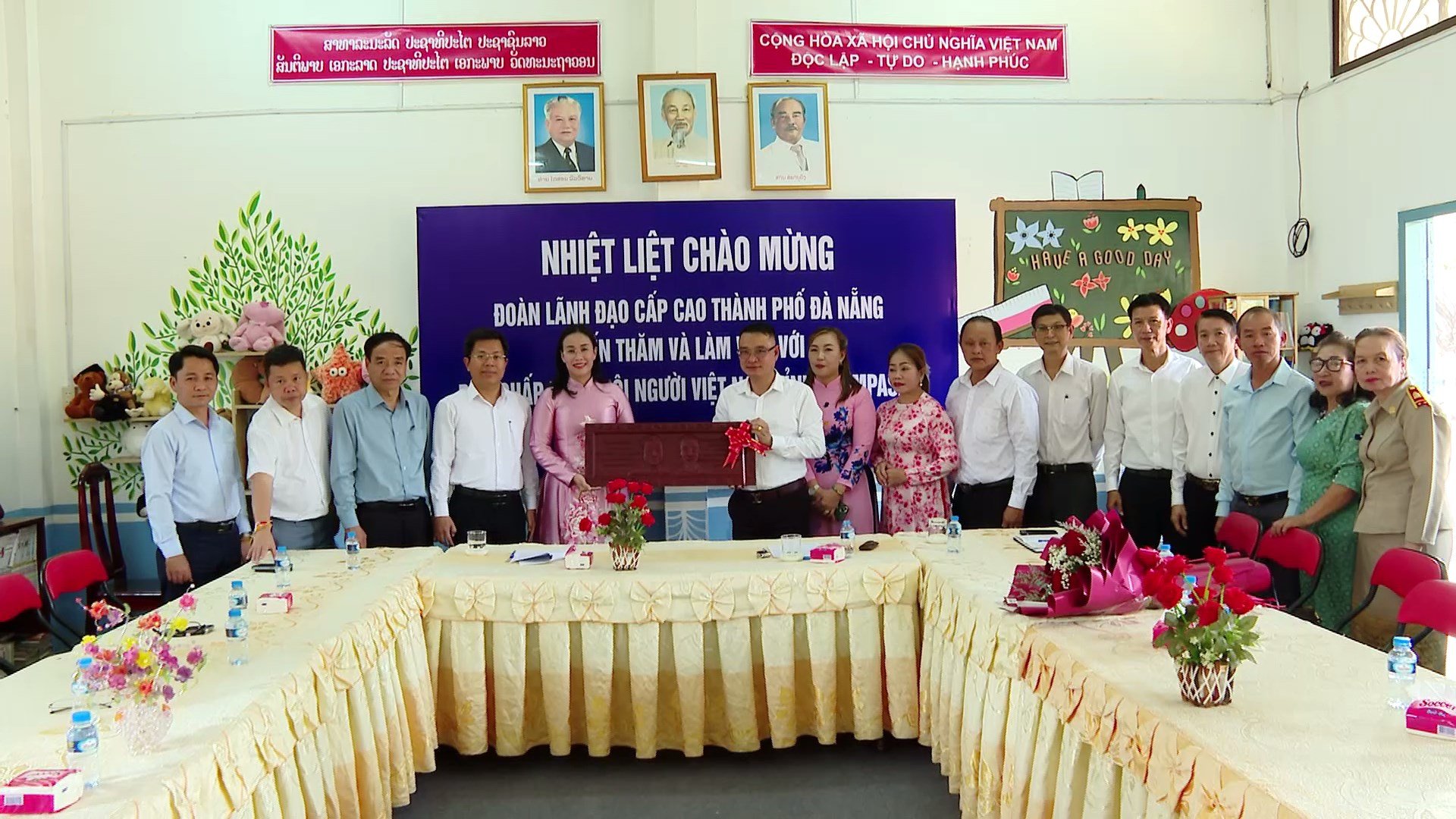At the Department of Urology, Xuyen A General Hospital, Vinh Long, medical staff promptly detected the signs of NTT patient, immediately calling for an emergency consultation with the Stroke Unit. After examining and evaluating the patient's symptoms, the doctors ordered a brain MRI, the results showed that the patient had an acute cerebral infarction in the brain stem, pons, scattered in both hemispheres in the first hour.
On January 11, specialist doctor Lu Huu Tuan - Head of the Department of Neurology - Xuyen A General Hospital Vinh Long said that thanks to being detected early in the first hour since the onset of stroke symptoms, the patient was prescribed thrombolytic drugs with the goal of dissolving blood clots and clearing narrowed and blocked blood vessels in the brain.
After 1 hour of using rTPA, the patient was completely awake, no longer felt dizzy, and the weakness in the right side of the body also improved. After only 24 hours, the patient had fully recovered, could walk and do normal activities.
Similarly, patient HTH (56 years old, in Hau Giang) is being monitored and treated at the Department of Endocrinology of Xuyen A General Hospital, Vinh Long, with a history of hypertension and diabetes. In the morning, after waking up and doing personal hygiene, she suddenly had slurred speech, had a headache and was weak on the right side of her body. Fortunately, her family and doctors from the Department of Endocrinology discovered it early and immediately conducted an emergency consultation with the Stroke Unit.
Through clinical examination, the doctors determined that this was a manifestation of a stroke, so the patient was ordered a brain MRI to make the most accurate diagnosis. The brain MRI results showed that the patient had an acute cerebral infarction in the left hemisphere in the first hour. Immediately after that, the patient was quickly given thrombolytic drugs. After using the drugs, the patient was completely alert, spoke more clearly, had reduced weakness on the right side of the body, and improved muscle strength. Currently, the patient has fully recovered, can walk and live normally, and has been discharged from the hospital.

Patients recovering from stroke treatment
People with underlying diseases under treatment are still at risk of stroke.
Dr. Tuan said that people with underlying diseases such as high blood pressure and diabetes, even though they are being treated, are still at risk of stroke. Therefore, patients need to control their blood pressure and blood sugar well to minimize the risk of stroke. If there are signs of stroke such as sudden mouth distortion, difficulty speaking, weakness in the limbs, etc., they should go to the nearest hospital immediately for timely emergency care during the "golden time".
Currently, there are two common methods of stroke emergency treatment: thrombolytic injection and thrombectomy. Thrombolytic injection works to dissolve blood clots that block blood flow to the brain (the cause of stroke). Thrombolytic drugs (rTPA) have been shown to play an important role in stroke emergency treatment, reducing the rate of disability complications caused by stroke. However, for thrombolytic drugs to be most effective, patients need to be given emergency treatment promptly and the injection must be given within the first 4.5 hours from the onset of stroke symptoms.
Source: https://thanhnien.vn/benh-nhan-an-sang-o-benh-vien-thi-bi-dot-quy-18525011116254365.htm


![[Photo] Ho Chi Minh City speeds up sidewalk repair work before April 30 holiday](https://vstatic.vietnam.vn/vietnam/resource/IMAGE/2025/4/3/17f78833a36f4ba5a9bae215703da710)
![[Photo] A brief moment of rest for the rescue force of the Vietnam People's Army](https://vstatic.vietnam.vn/vietnam/resource/IMAGE/2025/4/3/a2c91fa05dc04293a4b64cfd27ed4dbe)
![[Photo] General Secretary To Lam receives Japanese Ambassador to Vietnam Ito Naoki](https://vstatic.vietnam.vn/vietnam/resource/IMAGE/2025/4/3/3a5d233bc09d4928ac9bfed97674be98)
![[Photo] Prime Minister Pham Minh Chinh chairs meeting after US announces reciprocal tariffs](https://vstatic.vietnam.vn/vietnam/resource/IMAGE/2025/4/3/ee90a2786c0a45d7868de039cef4a712)
![[Photo] Capital's youth enthusiastically practice firefighting and water rescue skills](https://vstatic.vietnam.vn/vietnam/resource/IMAGE/2025/4/3/3f8481675271488abc7b9422a9357ada)
![[Photo] Prime Minister Pham Minh Chinh chairs the first meeting of the Steering Committee on Regional and International Financial Centers](https://vstatic.vietnam.vn/vietnam/resource/IMAGE/2025/4/3/47dc687989d4479d95a1dce4466edd32)















































































Comment (0)